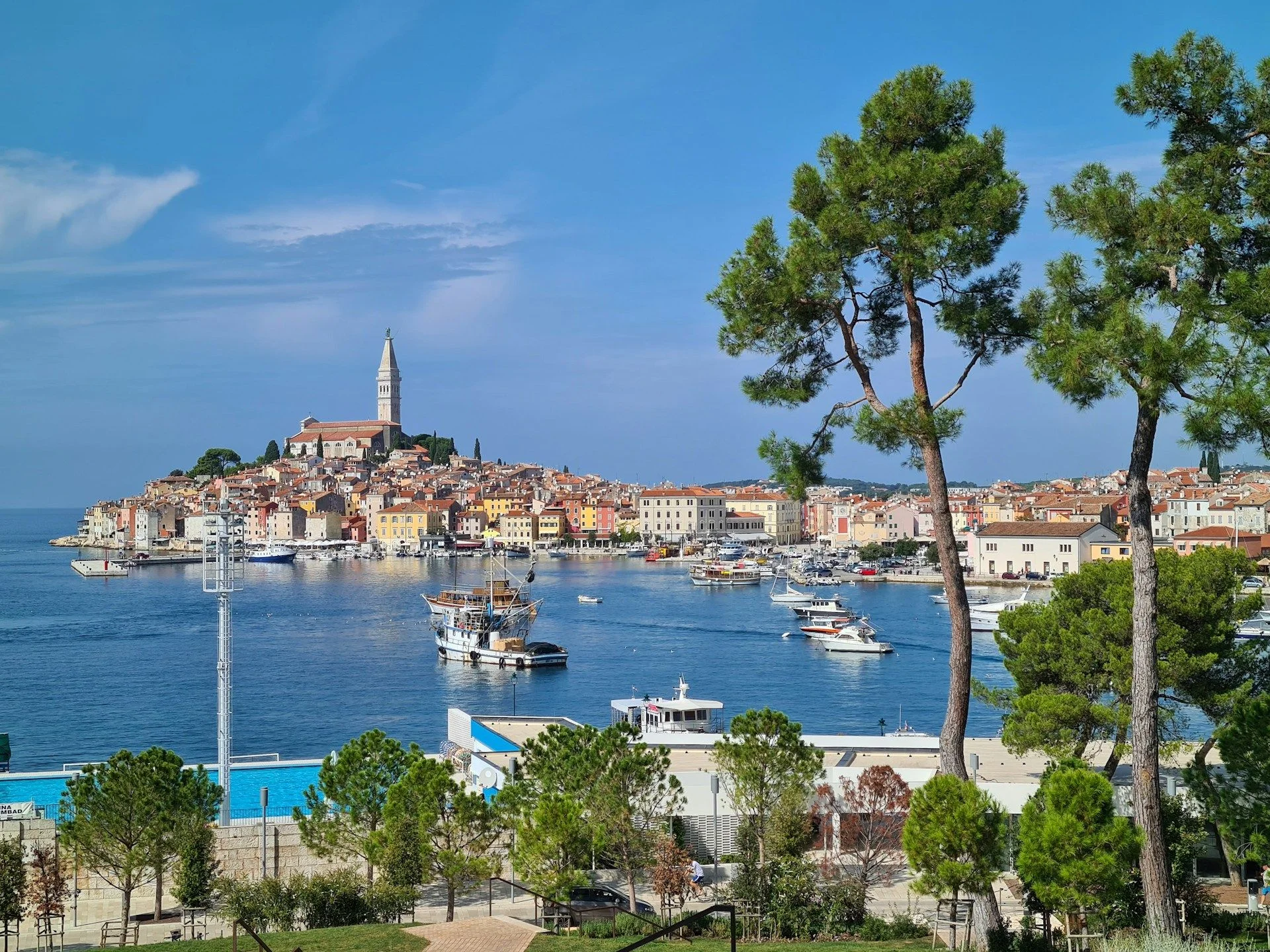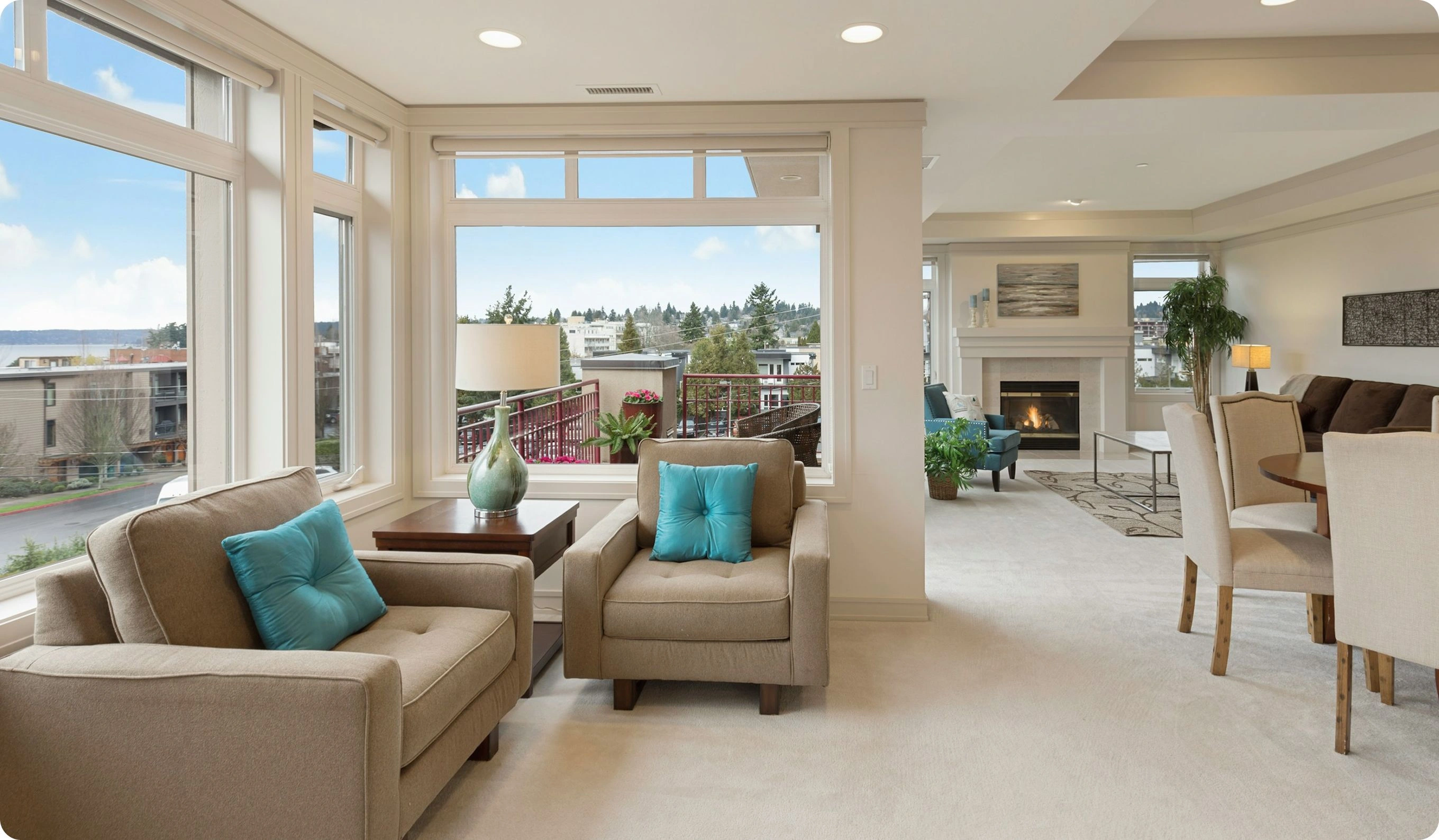Investimento em Imóveis na Ístria – Oportunidades para Compradores InternacionaisRegião produtora de vinho à beira-mar commercado de aluguel desenvolvido

Melhores ofertas
em Istria
Benefícios do investimento em
imóveis na Croácia

Guia para investidores imobiliários na Croácia
leia aqui
As casas na costa do Adriático atraem constantemente o interesse de locatários e compradores europeus, especialmente em zonas turísticas.
Os direitos de propriedade, as transações e a tributação são regulados pela legislação da UE, garantindo alta proteção para investidores estrangeiros.
Alta demanda por imóveis costeiros
A crescente indústria do turismo na Croácia aumenta os retornos de aluguéis de curto prazo e impulsiona a valorização constante dos preços.
Membro da UE e transparência jurídica
Leia mais
Crescimento do turismo e do mercado de locação
Os direitos de propriedade, as transações e a tributação são regulados pela legislação da UE, garantindo alta proteção para investidores estrangeiros.
Alta demanda por imóveis costeiros
A crescente indústria do turismo na Croácia aumenta os retornos de aluguéis de curto prazo e impulsiona a valorização constante dos preços.
Membro da UE e transparência jurídica
Leia mais
Crescimento do turismo e do mercado de locação

Artigos úteis
e recomendações de especialistas
Investimento Imobiliário na Istria, Croácia
Por que a Istria Atrai Compradores de Imóveis do Mundo Todo
A Istria, a maior península do Adriático, é frequentemente chamada de “a Toscana Croata” graças às suas colinas onduladas, pomares de oliveiras, cidades medievais no alto das colinas e resorts costeiros. Esta região é um dos principais destinos imobiliários da Croácia devido à sua beleza, acessibilidade, riqueza cultural e infraestrutura em expansão. Compradores da Alemanha, Áustria, Itália e Eslovênia há muito favorecem a Istria para suas segundas residências, enquanto nômades digitais e investidores em estilo de vida estão cada vez mais voltando suas atenções para as vilas interiores e cidades costeiras.
Tipos de Imóveis e Segmentos de Compradores
A Istria oferece uma ampla mistura de opções de investimento:
- Vilas de pedra com vista para o mar — restauradas ou construídas novas no estilo tradicional istriano
- Apartamentos e condomínios modernos — em cidades como Poreč, Rovinj e Umag
- Casas de campo rústicas e propriedades — ideais para eco-turismo ou locações boutique
- Terrenos para desenvolvimento — especialmente em zonas internas menos regulamentadas
Os compradores variam desde aposentados e famílias que buscam uma vida mediterrânea tranquila até investidores que desenvolvem pequenos projetos hoteleiros ou iniciativas de agro-turismo.
Droits de Propriété et Voie Légale pour Étrangers
Os cidadãos da UE podem comprar imóveis na Istria livremente, com os mesmos direitos que os croatas. Cidadãos de fora da UE devem passar por uma verificação de reciprocidade, que geralmente é concedida para propriedades residenciais. A propriedade costuma ser de plena titularidade, e os títulos são bem documentados. As compras são notarizadas e registradas no registro de propriedades croata. A devida diligência legal é essencial, especialmente para propriedades rurais ou ativos com histórico de propriedade incerto.
Preços e Retornos de Investimento
Os preços dos imóveis na Istria variam bastante dependendo da proximidade com a costa, tamanho e nível de renovação. Os valores médios para 2024–2025 incluem:
- €1.500–€2.500/m² em cidades interiores como Motovun, Grožnjan e Pazin
- €2.800–€4.000/m² em cidades costeiras como Pula e Poreč
- €5.000–€7.500/m² em áreas premium como o Centro Histórico de Rovinj ou vilas à beira-mar
Vilas tradicionais reformadas com piscinas proporcionam um rendimento anual de 5% a 8% com locações de curto prazo. A receita de aluguel sazonal é forte de maio a outubro, especialmente perto do mar ou em pitorescas cidades nas colinas. O mercado imobiliário na Istria demonstrou uma valorização estável impulsionada pela demanda por estilo de vida e pela melhoria da infraestrutura.
Opções de Residência para Compradores de Imóveis
Embora a Croácia não ofereça um visto dourado específico ou um programa de residência por investimento, possuir um imóvel pode apoiar um pedido de permissão de estadia temporária. Cidadãos de fora da UE podem solicitar uma residência renovável de até 12 meses com base na propriedade da casa e meios financeiros suficientes. Cidadãos da UE têm registro simplificado para estadias mais longas. O visto para nômades digitais, válido por um ano, é outra rota, especialmente popular entre compradores estrangeiros que vivem parte do tempo na Istria.
Cenários de Investimento Exemplares
Cenário 1 – Vila de Aluguel de Férias: Compre uma vila de pedra restaurada com 3 quartos e piscina perto de Grožnjan por €390.000 e opere como um aluguel de luxo para o verão gerando de €35.000 a €45.000 por ano.
Cenário 2 – Apartamento à Beira-Mar: Invista €260.000 em um apartamento de 2 quartos em Poreč para aluguel sazonal e uso pessoal, direcionado a turistas e casais.
Cenário 3 – Terreno + Construção: Adquira um terreno de 1.000 m² perto de Pazin por €50.000 e construa uma casa moderna ecológica para revenda ou aluguel com margem.
Cenário 4 – Agro-Turismo Boutique: Adquira uma pequena propriedade rural por €180.000 no interior e transforme-a em um destino de glamping ou turismo vinícola com custos operacionais mínimos e apelo sazonal.
Locais-Chave e Fatores de Estilo de Vida
A Istria é rica em microlocalizações, cada uma oferecendo vantagens únicas:
- Rovinj: Alta demanda, cena artística e os melhores preços de locação para turistas
- Poreč: Investimento equilibrado com infraestrutura desenvolvida e atração familiar
- Motovun & Grožnjan: Cidades colinas com charme e potencial vinícola
- Umag: Costa norte, cidade resort de tênis e proximidade com a Eslovênia
- Pula: Cidade romana histórica com aeroporto, porto de iates e grande população local
A Istria também possui ligações diretas por rodovia com a Itália, Eslovênia e Zagreb, acesso por ferry e várias marinas. A região é conhecida por sua comida lenta, trufas, vinhedos e bem-estar — todos atrativos para compradores em busca de um estilo de vida.
Projeções Futuras e Desenvolvimento Regional
A demanda na Istria deve crescer com a plena integração da Croácia à União Europeia e uma perspectiva macroeconômica estável. O financiamento da UE está apoiando o turismo rural, melhorias na infraestrutura e o uso sustentável de energia. Propriedades costeiras continuarão com oferta limitada devido a leis de zoneamento rigorosas, preservando a exclusividade. As áreas internas oferecem potencial de desenvolvimento para aqueles dispostos a restaurar ou construir. A mudança em direção à vida híbrida e ao trabalho remoto sazonal aumenta ainda mais o apelo da região.
Conclusão: Quem Deve Investir na Istria
A Istria é ideal para investidores que buscam propriedades de estilo de vida com potencial de aluguel, crescimento de capital a médio prazo e acesso à vida na UE. Seja como um refúgio familiar, ativo de aluguel ou base para um negócio criativo, a Istria oferece charme, acessibilidade e resiliência a longo prazo. É especialmente adequada para aqueles interessados em propriedades históricas, turismo sazonal ou uma vida mediterrânea tranquila e de alta qualidade.